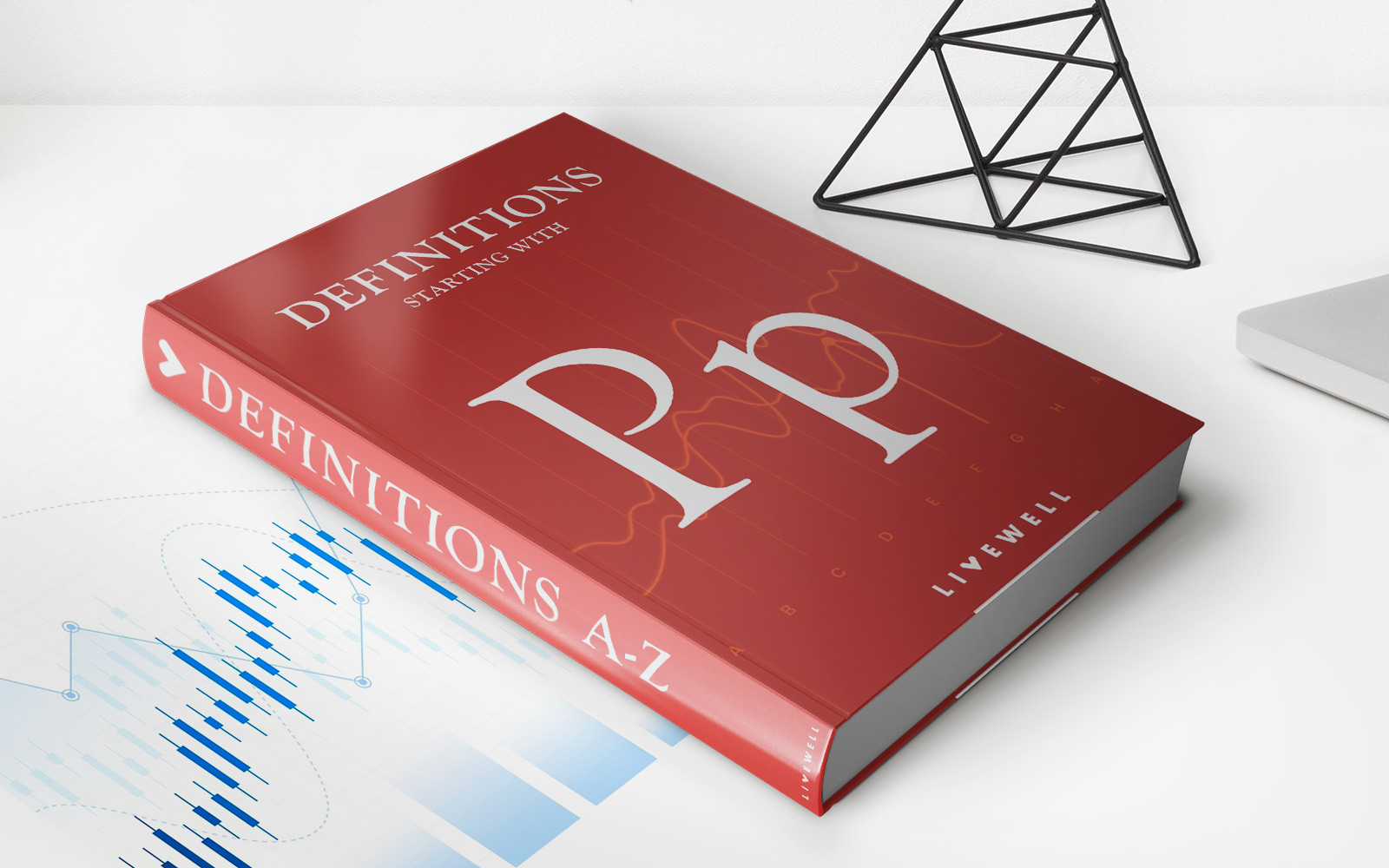Home>Finance>Operating Expense Ratio (OER): Definition, Formula, And Example


Finance
Operating Expense Ratio (OER): Definition, Formula, And Example
Published: January 3, 2024
Learn how to calculate the Operating Expense Ratio (OER) in finance with a detailed definition, formula, and example. Enhance your financial analysis skills today!
(Many of the links in this article redirect to a specific reviewed product. Your purchase of these products through affiliate links helps to generate commission for LiveWell, at no extra cost. Learn more)
Understanding the Operating Expense Ratio (OER)
Managing finances is a crucial aspect of running a successful business. It requires a deep understanding of various financial metrics and ratios that help determine the overall health of your company. One such metric is the Operating Expense Ratio (OER). In this blog post, we will explore what OER is, how it is calculated, and provide a practical example to help you grasp its significance.
Key Takeaways:
- The Operating Expense Ratio (OER) is a financial metric that measures the efficiency of a company’s operations by comparing operating expenses to its net sales.
- A lower OER indicates a more efficient operation, while a higher OER suggests that the company is spending a larger proportion of its revenue on operating expenses.
Defining the Operating Expense Ratio (OER)
The Operating Expense Ratio (OER) is a financial indicator that showcases the proportion of a company’s net sales that is consumed by operating expenses. It gives insight into how efficiently a company manages its costs and operations. By calculating this metric, businesses can assess their operational efficiency and identify potential areas for improvement.
Calculating the Operating Expense Ratio (OER)
To calculate the Operating Expense Ratio (OER), you need two primary figures: operating expenses and net sales. Here is the formula:
OER = Operating Expenses / Net Sales
The operating expenses include all the costs incurred in the day-to-day operations of the business, such as rent, utilities, salaries, advertising, and maintenance, among others. Net sales refer to the total revenue generated by the company after deducting any returns, allowances, and discounts.
Let’s take an example to illustrate the calculation of OER:
- Operating Expenses: $100,000
- Net Sales: $500,000
Plugging these values into the formula, we get:
OER = $100,000 / $500,000 = 0.2 or 20%
In this example, the operating expense ratio is 0.2 or 20%. It means that for every dollar of net sales, the company spends 20 cents on operating expenses. A lower OER indicates a more efficient operation, as a smaller proportion of sales is consumed by expenses.
The Significance of Operating Expense Ratio (OER)
The Operating Expense Ratio (OER) is a crucial metric for businesses as it provides insights into their cost management and operational efficiency. Here’s why it matters:
- Efficiency Measurement: OER helps assess how efficiently a company utilizes its resources and manages its costs. A lower OER indicates effective cost control and streamlined operations.
- Comparison Across Industries: OER serves as a benchmarking tool that allows businesses to compare their operational efficiency with industry standards. It provides valuable insights into whether a company is operating more effectively or needs to improve its cost management practices.
Understanding and optimizing the Operating Expense Ratio (OER) is vital for businesses striving for long-term financial success. Keeping track of this metric, evaluating it regularly, and taking steps to reduce operating expenses can contribute to improved profitability and sustainable growth.
Take control of your business finances by leveraging the power of the Operating Expense Ratio (OER) today!














